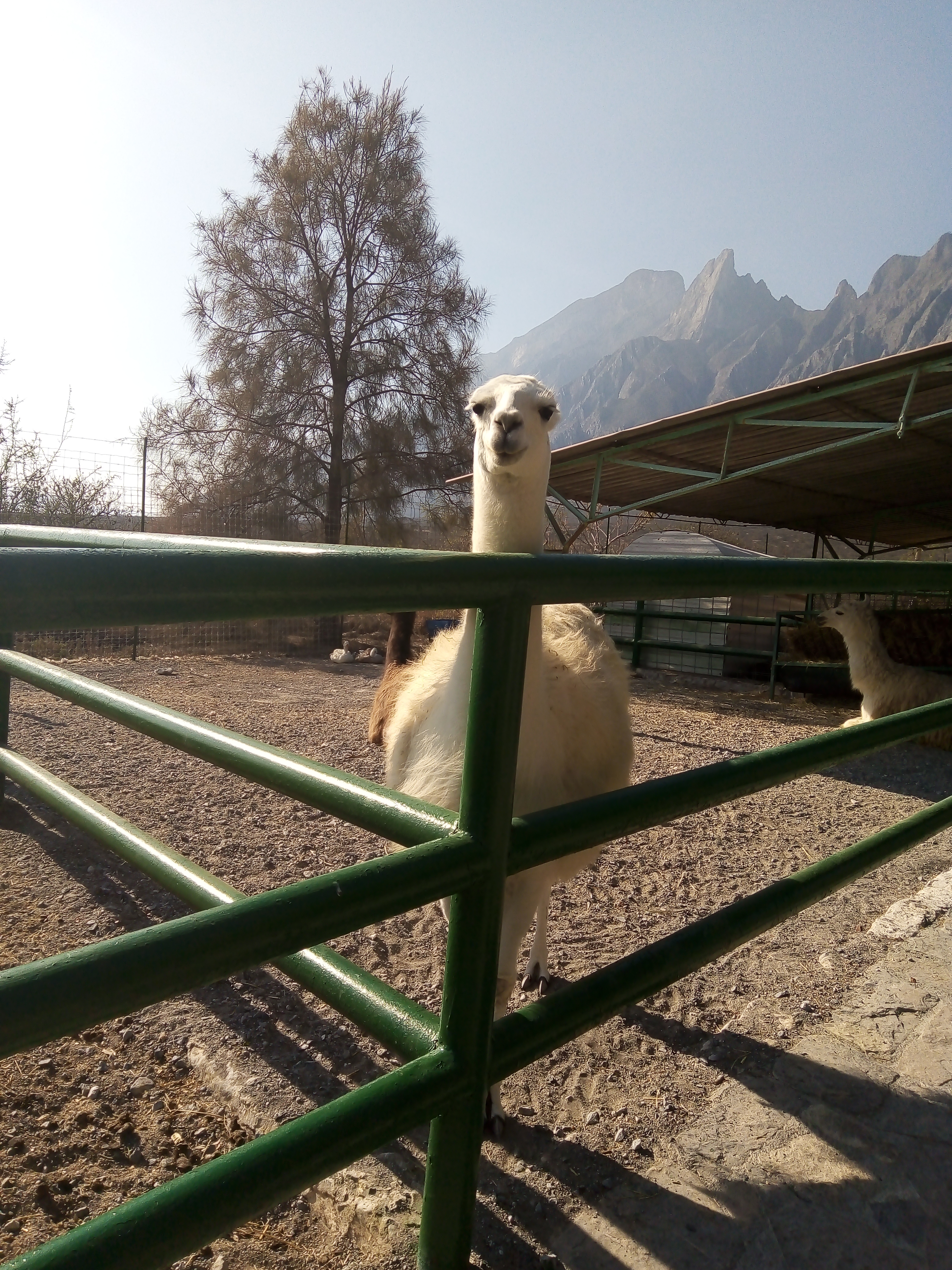|
Glaring
A glare is a facial expression showing disapproval, fierceness and/or hostility. Glaring, in some cultures is considered offensive. A glare may be induced by anger or frustration. Visually, a glaring person tends to have their eyes fixed and heavily focused on a subject. This can sometimes be considered synonymous to staring but, in most of the cases, staring is caused due to curiosity and lasts only for a short duration, whereas glaring is caused due to contempt and lasts for a relatively longer duration. Many people glare at a subject to express disapproval of the physical nature of the subject or ideas that may be expressed by the subject. See also * Frown * Attention, Inattention * Smile External links *{{Wiktionary-inline, glare Facial expressions ... [...More Info...] [...Related Items...] OR: [Wikipedia] [Google] [Baidu] |
Facial Expression
A facial expression is one or more motions or positions of the muscles beneath the skin of the face. According to one set of controversial theories, these movements convey the emotional state of an individual to observers. Facial expressions are a form of nonverbal communication. They are a primary means of conveying social information between humans, but they also occur in most other mammals and some other animal species. (For a discussion of the controversies on these claims, see Fridlund and Russell & Fernandez Dols.) Humans can adopt a facial expression voluntarily or involuntarily, and the neural mechanisms responsible for controlling the expression differ in each case. Voluntary facial expressions are often socially conditioned and follow a cortical route in the brain. Conversely, involuntary facial expressions are believed to be innate and follow a subcortical route in the brain. Facial recognition can be an emotional experience for the brain and the amygdala is highly invo ... [...More Info...] [...Related Items...] OR: [Wikipedia] [Google] [Baidu] |
Hostility
Hostility is seen as form of emotionally charged aggressive behavior. In everyday speech it is more commonly used as a synonym for anger and aggression. It appears in several psychological theories. For instance it is a facet of neuroticism in the NEO PI, and forms part of personal construct psychology, developed by George Kelly. Hostility/hospitality For hunter gatherers, every stranger from outside the small tribal group was a potential source of hostility. Similarly, in archaic Greece, every community was in a state of hostility, latent or overt, with every other community - something only gradually tempered by the rights and duties of hospitality. Tensions between the two poles of hostility and hospitality remain a potent force in the 21st century world. Us/them Robert Sapolsky argues that the tendency to form in-groups and out-groups of Us and Them, and to direct hostility at the latter, is inherent in humans. He also explores the possibility raised by Samuel Bowles th ... [...More Info...] [...Related Items...] OR: [Wikipedia] [Google] [Baidu] |
Anger
Anger, also known as wrath or rage, is an intense emotional state involving a strong uncomfortable and non-cooperative response to a perceived provocation, hurt or threat. A person experiencing anger will often experience physical effects, such as increased heart rate, elevated blood pressure, and increased levels of adrenaline and noradrenaline. Some view anger as an emotion which triggers part of the fight or flight response. Anger becomes the predominant feeling behaviorally, cognitively, and physiologically when a person makes the conscious choice to take action to immediately stop the threatening behavior of another outside force. The English word originally comes from the term ''anger'' from the Old Norse language. Anger can have many physical and mental consequences. The external expression of anger can be found in facial expressions, body language, physiological responses, and at times public acts of aggression. Facial expressions can range from inward angling of the ... [...More Info...] [...Related Items...] OR: [Wikipedia] [Google] [Baidu] |
Frustration
In psychology, frustration is a common emotional response to opposition, related to anger, annoyance and disappointment. Frustration arises from the perceived resistance to the fulfillment of an individual's will or goal and is likely to increase when a will or goal is denied or blocked. There are two types of frustration: internal and external. Internal frustration may arise from challenges in fulfilling personal goals, desires, instinctual drives and needs, or dealing with perceived deficiencies, such as a lack of confidence or fear of social situations. Conflict, such as when one has competing goals that interfere with one another, can also be an internal source of frustration or annoyance and can create cognitive dissonance. External causes of frustration involve conditions outside an individual's control, such as a physical roadblock, a difficult task, or the perception of wasting time. There are multiple ways individuals cope with frustration such as passive–aggressi ... [...More Info...] [...Related Items...] OR: [Wikipedia] [Google] [Baidu] |
Staring
Staring is a prolonged gaze or fixed look. In staring, one object or person is the continual focus of visual interest, for an amount of time. Staring can be interpreted as being either hostile like disapproval of another's behavior, or the result of intense concentration, interest or affection. Staring behavior can be considered as a form of aggression like when it is an invasion of an individual's privacy in certain contexts, or as a nonverbal cue to convey feelings of attraction in a social setting. The resultant behavior or action defines whether it is aggressive in nature (e.g. leering that results in street harassment), passive or active expression of attraction, etc. However, to some extent staring often occurs accidentally, and often a person would be simply staring into a space for awareness, or could be lost in thought, stupefied, or be unable to see. As such, the meaning of a person's staring behavior depends upon the attributions made by the observer. In a staring cont ... [...More Info...] [...Related Items...] OR: [Wikipedia] [Google] [Baidu] |
Frown
A frown (also known as a scowl) is a facial expression in which the eyebrows are brought together, and the forehead is wrinkled, usually indicating displeasure, sadness or worry, or less often confusion or concentration. The appearance of a frown varies by culture. An alternative usage in North America is thought of as an expression of the mouth. In those cases when used iconically, as with an emoticon, it is entirely presented by the curve of the lips forming a down-open curve. The mouth expression is also commonly referred to in the colloquial English phrase, especially in the United States, to "turn that frown upside down" which indicates changing from sad to happy. Description Charles Darwin described the primary act of frowning as the furrowing of the brow which leads to a rise in the upper lip and a down-turning of the corners of the mouth. While the appearance of a frown varies from culture to culture, there appears to be some degree of universality to the recognition of t ... [...More Info...] [...Related Items...] OR: [Wikipedia] [Google] [Baidu] |
Attention
Attention is the behavioral and cognitive process of selectively concentrating on a discrete aspect of information, whether considered subjective or objective, while ignoring other perceivable information. William James (1890) wrote that "Attention is the taking possession by the mind, in clear and vivid form, of one out of what seem several simultaneously possible objects or trains of thought. Focalization, concentration, of consciousness are of its essence." Attention has also been described as the allocation of limited cognitive processing resources. Attention is manifested by an attentional bottleneck, in terms of the amount of data the brain can process each second; for example, in human vision, only less than 1% of the visual input data (at around one megabyte per second) can enter the bottleneck, leading to inattentional blindness. Attention remains a crucial area of investigation within education, psychology, neuroscience, cognitive neuroscience, and neuropsychology. ... [...More Info...] [...Related Items...] OR: [Wikipedia] [Google] [Baidu] |
Smile
A smile is a facial expression formed primarily by flexing the muscles at the sides of the mouth. Some smiles include a contraction of the muscles at the corner of the eyes, an action known as a Duchenne smile. Among humans, a smile expresses delight, sociability, happiness, joy, or amusement. It is distinct from a similar but usually involuntary expression of anxiety known as a grimace. Although cross-cultural studies have shown that smiling is a means of communication throughout the world, there are large differences among different cultures, religions, and societies, with some using smiles to convey confusion or embarrassment. Evolutionary background Primatologist Signe Preuschoft traces the smile back over 30 million years of evolution to a "fear grin" stemming from monkeys and apes, who often used barely clenched teeth to portray to predators that they were harmless or to signal submission to more dominant group members. The smile may have evolved differently among spe ... [...More Info...] [...Related Items...] OR: [Wikipedia] [Google] [Baidu] |





